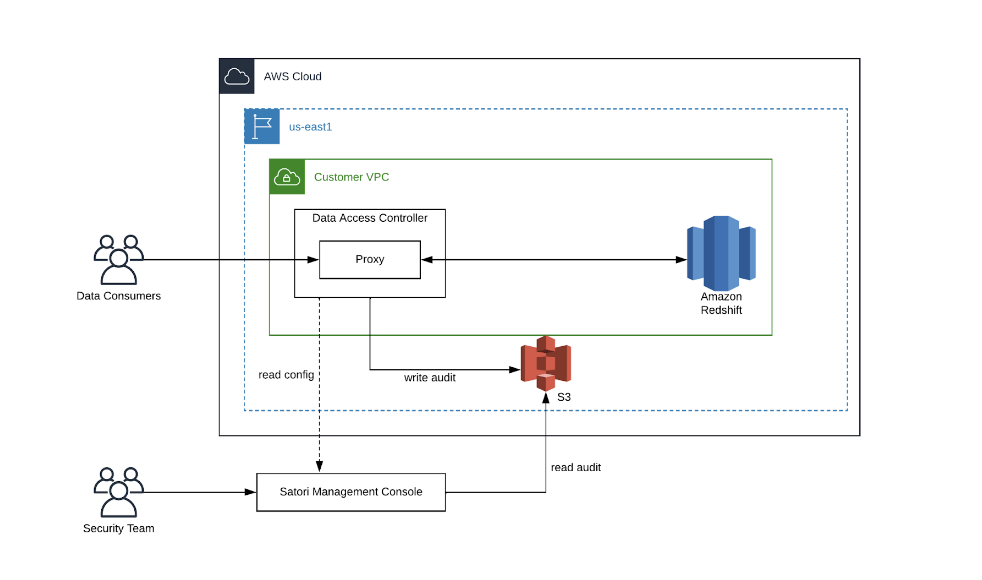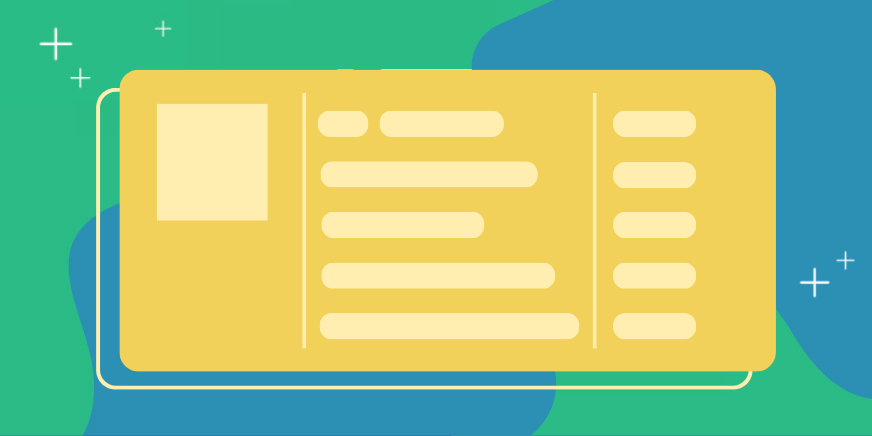Data has increased in volume and organizing this data is incredibly valuable to organizations as it is used to enhance operational efficiencies, inform decision-making, and accelerate innovation. This data growth has led organizations to store data, much of which is sensitive PHI and PII data, across disparate databases, data warehouses, and data lakes, leaving data siloed across the organization.
Analysts require access to data quickly to gain the greatest time-to-value from data. However, data engineers often struggle to locate and then grant and revoke access to data because it is often hidden in these data silos or are limited by the capabilities of the data storage layer.
One way to enhance the use of this data is to make it available and accessible and turn any data swamps into data lakes. This has led many organizations to migrate their predominantly on-prem data, such as SAP, to Amazon Redshift because it is fast, scalable, and cost-effective.
Migrating off SAP is Good, Right?
Firms that already have legacy SAP architecture are predominantly on-prem and require increasing hardware updates, software, and firmware maintenance. This is further compounded by the specific knowledge from IT and Operations necessary to maintain and troubleshoot any issues within these systems.
SAP started migrating their on-prem customers to a cloud infrastructure, which triggered many companies to investigate their data needs and look for better, faster, more future-proof, or cost-effective solutions. This has led to an exodus of customers migrating off of SAP.
Data warehouse migrations are usually huge projects, often taking months (or years). That also tend to be top-down driven, with executives looking to drive innovation and productivity through better analytics from faster access to data, future-proofing, scaling, or reducing overall data costs.
Some Problems with Migration
One of the main problems is that SAP is a proprietary technology with many objects, permissions, and security features that increase the complexity of migrating off SAP. So even if one of the next-gen data warehouses is better suited for the company, the level of complexity, risk exposure, and detailed knowledge to migrate off of SAP make is a large stumbling block:
- for data teams struggling to apply customized data access controls across their SAP data while migrating to Redshift.
- burden on data engineering teams to ensure security and compliance while enabling data sharing during the migration.
- lost productivity from having significantly delayed and reduced ability to share data within the organization during the migration process.
- costs, the specialty knowledge, time, and resources required to migrate off SAP will often deter an organization, even if the discounted value of the benefits is greater.
- security risks during migration, when sensitive information is significantly more exposed to security threats.
Migrating the data alone is quite a task. Adding the complexities of data governance, data enforcement, security auditing, and access controls makes this a daunting task.
So why, then, are organizations moving to migrate off SAP?
The Benefits of Migrating off SAP:
- No more hardware or software to install, configure, manage, maintain, or upgrade. This reduces costs from purchasing these tools and also significantly saves on data engineering teams’ time and resources so that they can focus on more productive projects.
- Redshift allows the organization to collect data of different types and structures, including semi-structured data. If using a data security platform, these data are automatically included in an updated data inventory. Some data types include JSON, XML, Parquet, and Avro.
- Reduced costs. The cost of operating and maintaining SAP, as well as data storage costs, are significantly reduced through using a pay-as-you-go model such as Redshift. The ability to shift the overall operation and maintenance of the warehouse significantly reduces costs.
As more customers opt to go through a data transformation period by migrating their data from SAP to Amazon Redshift, the question arises, “How do I get the new data into Redshift quickly, safely, and cost-effectively?” These customers want to experience the benefit of an AWS Redshift warehouse without having too long or risky a downtime.
How does Satori Help?
Satori is uniquely positioned to provide data security so that sensitive data is secured and compliant during and after the migration from SAP to AWS Redshift.
- Satori is decoupled from the data plane. The benefit is that data access controls and data governance are automated from the beginning of the migration. This ensures that all data is secured, but more importantly, that it can still easily be shared across different departments through self-service and fine-grained data access controls.
- Flexible deployment options. Satori can be deployed as a SaaS service or as an isolated layer within your VPC, preventing the need to expose your Redshift cluster to the internet.
- Continuously discover and protect sensitive data. Satori’s automated data classification enables you to discover and classify sensitive data without scanning it manually. It easily seeks out and finds all sensitive data, including semi-structured data types, and automatically applies security policies on the newly discovered sensitive data.
Satori enables a smooth migration process. It allows data migration from SAP to AWS Redshift to occur quickly with minimal downtime, enabling productivity while ensuring data security and productivity.
Conclusion
Choosing to migrate off of SAP to AWS Redshift is a big decision. However, once the migration is complete, it promises enhanced efficiency and reduced costs, but the actual process can present technical complexities and security risks. Satori’s Data Security Platform provides smooth data modernization and migration, minimizing downtime and ensuring data security.
To learn how Satori can help with your integration and migration needs book a demo with one of our experts.







